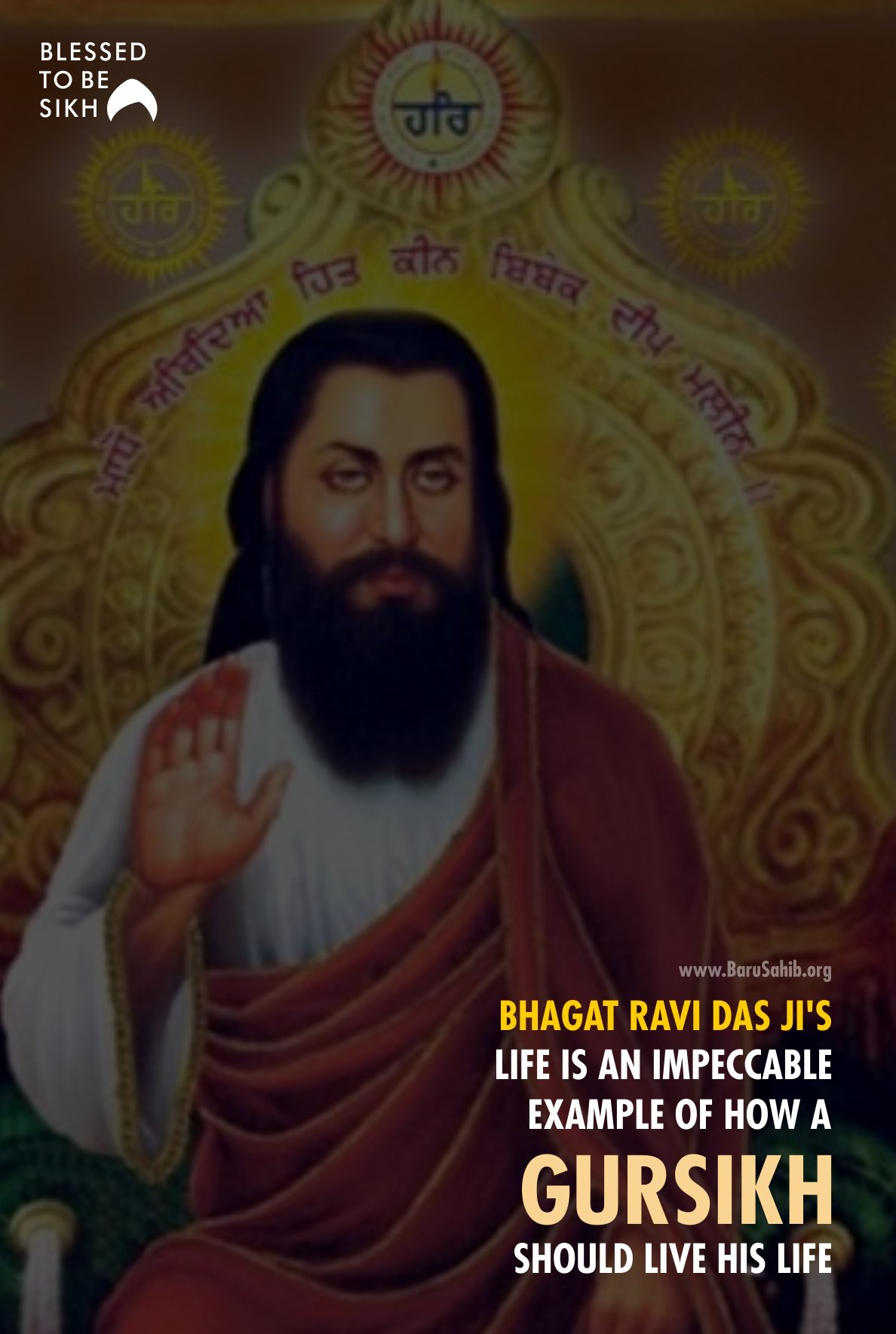‘Humility in Devotion and Devotion in Humility’ – Biggest lesson of Sewa taught by Guru Arjan Dev Ji
News of the Sacred enthronement of Sri Guru Arjan Sahib spread alround and the devotees eager to have a direct glimpse of Nanak the Fifth set out for Amritsar from distant places. In this spiritual quest sangat from Kabul was also on its way to Amritsar. On the last day of their journey they were […]
News of the Sacred enthronement of Sri Guru Arjan Sahib spread alround and the devotees eager to have a direct glimpse of Nanak the Fifth set out for Amritsar from distant places. In this spiritual quest sangat from Kabul was also on its way to Amritsar. On the last day of their journey they were determined to reach the holy presence of the New Guru but could not make it and had to camp few miles away from Sri Harimandir Sahib. Sangat included the old, the young and the children. Tired and hungry, they now yearned for a blessed vision of the Holy Guru next morning.
Sri Guru Arjan Sahib asked Mata Ganga, His holy wife, to prepare plenty of food with her own hands. Guru Arjan alongwith Mata Ganga then carried the food and water on their heads barefooted to the camp site. They served the food and water to the tired and hungry sangat. One old man, very much tired, was pressing his own legs. Sri Guru Arjan Sahib with folded hands begged for this service and started pressing the legs of the old man. The whole night the Guru and His wife served the sangat and fanned them with a hand-fan. (Gurdwara Pipli Sahib stands as a Sacred Memorial on this holy spot).
Early in the morning the sangat set out for Sri Harimandir Sahib. On arrival they took off their shoes outside. Jathedar (Incharge) of the sangat requested someone to guard and look after all the belongings and shoes there. But everyone was thirsting for a blessed glimpse of the New Guru. Sri Guru Arjan Sahib again with folded hands volunteered for this service. When seated inside, the visiting sangat did not find the Holy Guru on His seat. Jathedar enquired from Baba Budha Ji who told them that the Guru and His wife had gone to serve the incoming sangat from Kabul last night and that they had not yet returned. Jathedar told Baba Budha Ji that a very simple and humble young couple had come last night with food and water and had been in service of the sangat the whole night. When told that he was left outside to guard the belongings and the shoes, Baba Budha Ji alongwith the sangat proceeded to the said spot.
On arrival they find the Humility Incarnate Guru ecstatically absorbed in cleaning the shoes of the holy sangat. Baba Budha Ji started crying and so did the sangat. O our Lord Satguru Sache Patshah, what are you doing, cried Baba Budha Ji.
Awakened from his total immersion in humble service, Sri Guru Arjan Sahib looked up and just said, O revered Baba Budha Ji, please do not stop me from doing this blessed service of the shoes of the loving children of my Beloved Guru Nanak.
Sangat had the blessed darshans of their New Guru. They directly beheld and perceived their own Lord cleaning their shoes in devotion. Tears flowed in unending streams from their eyes melting away any traces of lurking ego, in this Vision Supreme. They had learnt the highest lesson of spirituality, i.e. Humility in Devotion and Devotion in Humility.
Aghast with wonder, love and reverence, the holy Sangat fell flat at the holy feet of the Satguru, the true Prophet of Devotional Humilty and Love. Later when the All Merciful Guru Composed the Sacred Scripture of a Universal Religion of Love enshrining all the Celestial Harmonies and totally steeped in Devotional Humility and still later when the Great Guru out of infinite love for mankind, paid the heaviest price for the same and burnt Himself on the burning hot plateunder the cruel showers of burning sand that the World realized the uniqueness of the Incarnation of Guru Arjan.










